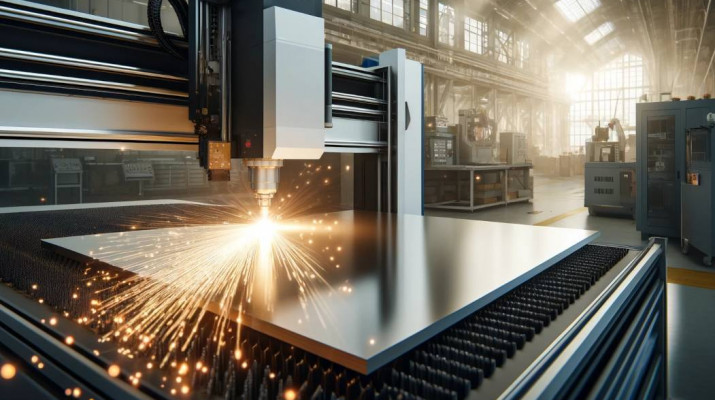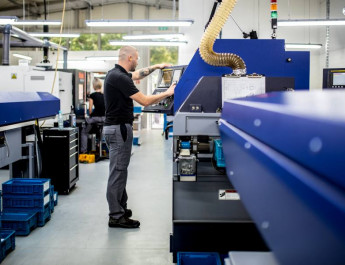Aluminum is one of the most commonly used metals in the industry due to its properties such as lightness, corrosion resistance, and high thermal and electrical conductivity. However, due to its unique properties, cutting aluminum can be challenging. In this guide, we will discuss various methods of cutting aluminum, tips and tricks, and common problems that may arise during the process.
Properties of Aluminum
Before we discuss cutting methods, it’s important to understand the basic properties of aluminum that affect the machining process:
- Low Density: Aluminum is one of the lightest metals, making it ideal for applications where weight is a crucial factor.
- Corrosion Resistance: Thanks to its oxide layer on the surface, aluminum is naturally resistant to rust and corrosion.
- High Thermal and Electrical Conductivity: Aluminum is an excellent conductor of heat and electricity, making it popular in the electronics and energy industries.
- Plasticity: Aluminum is easy to form and machine but can be difficult to cut due to its tendency to stick to cutting tools.
Methods of Cutting Aluminum
Mechanical Cutting
Band Saws
Band saws are commonly used for cutting aluminum, especially thicker pieces. Here are some tips:
- Blade Selection: Use blades with a high tooth count (TPI) made of carbide to prevent material from sticking to the blade.
- Cooling: Using coolant is crucial to prevent the blade and material from overheating.
- Cutting Speed: Choose an appropriate cutting speed to minimize heating and achieve a clean cut edge.
Circular Saws
Circular saws are excellent for cutting thin sheets and aluminum profiles:
- Carbide-Tipped Blades: Use carbide-tipped blades which are more wear-resistant.
- High Speed: Circular saws should operate at high speeds to achieve clean and precise cuts.
- Cooling and Lubrication: As with band saws, using coolant improves cut quality and extends blade life.
Laser Cutting
Laser cutting is a precise method for cutting aluminum, ideal for complex shapes and patterns:
- Laser Type: CO2 lasers and fiber lasers are most commonly used for cutting aluminum.
- Laser Power: Higher laser power allows cutting thicker materials.
- Shielding Gas: Using a shielding gas such as nitrogen helps achieve clean edges without burns.
Waterjet Cutting
Waterjet cutting is a versatile method that can be used to cut aluminum of any thickness:
- Abrasive: Adding an abrasive to the water stream increases cutting effectiveness.
- Precision: Waterjet cutting provides high precision and minimizes thermal distortion.
Plasma Cutting
Plasma cutting is a fast and effective way to cut aluminum:
- Plasma Source: Choose the right plasma machine that can work with aluminum.
- Plasma Gas: Use gases such as argon or nitrogen for better cut quality.
Tips and Tricks
- Avoid Overheating: Overheating aluminum during cutting can lead to deformation and poor edge quality. Use appropriate coolants and lubrication.
- Keep Tools Clean: Regularly clean cutting tools to prevent material from sticking.
- Test on Samples: Before cutting the actual material, perform tests on samples to determine optimal cutting parameters.
Common Problems and How to Address Them
- Material Sticking to the Blade: Use blades with appropriate coatings and apply lubrication.
- Uneven Edges: Check cutting speed and blade condition. Ensure the material is securely clamped.
- Overheating: Use appropriate coolant and adjust cutting speed.
Proper Equipment, Tools, and Techniques
Cutting aluminum requires appropriate equipment, tools, and techniques. The choice of cutting method depends on the thickness of the material, precision requirements, and available resources. Following the above tips and tricks will help achieve optimal results and minimize problems during the cutting process. Regardless of the chosen method, it’s crucial to regularly monitor the condition of the tools and adjust cutting parameters to the specific needs of the project.




